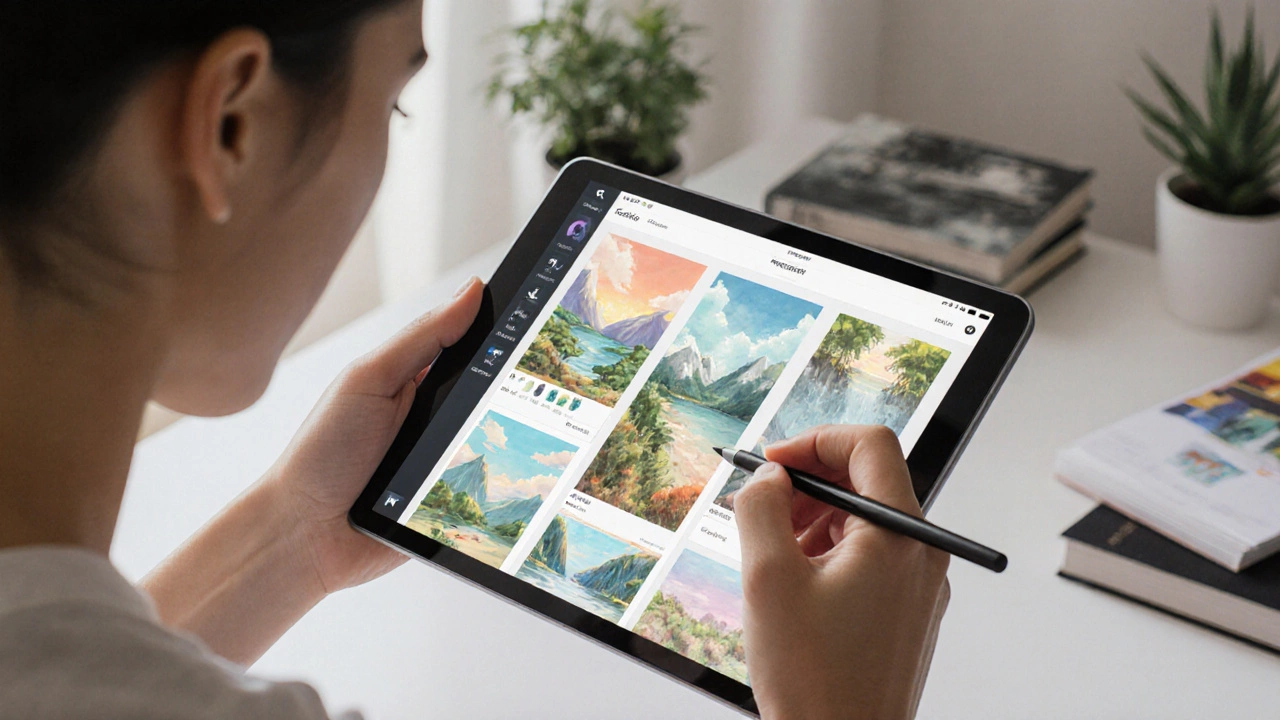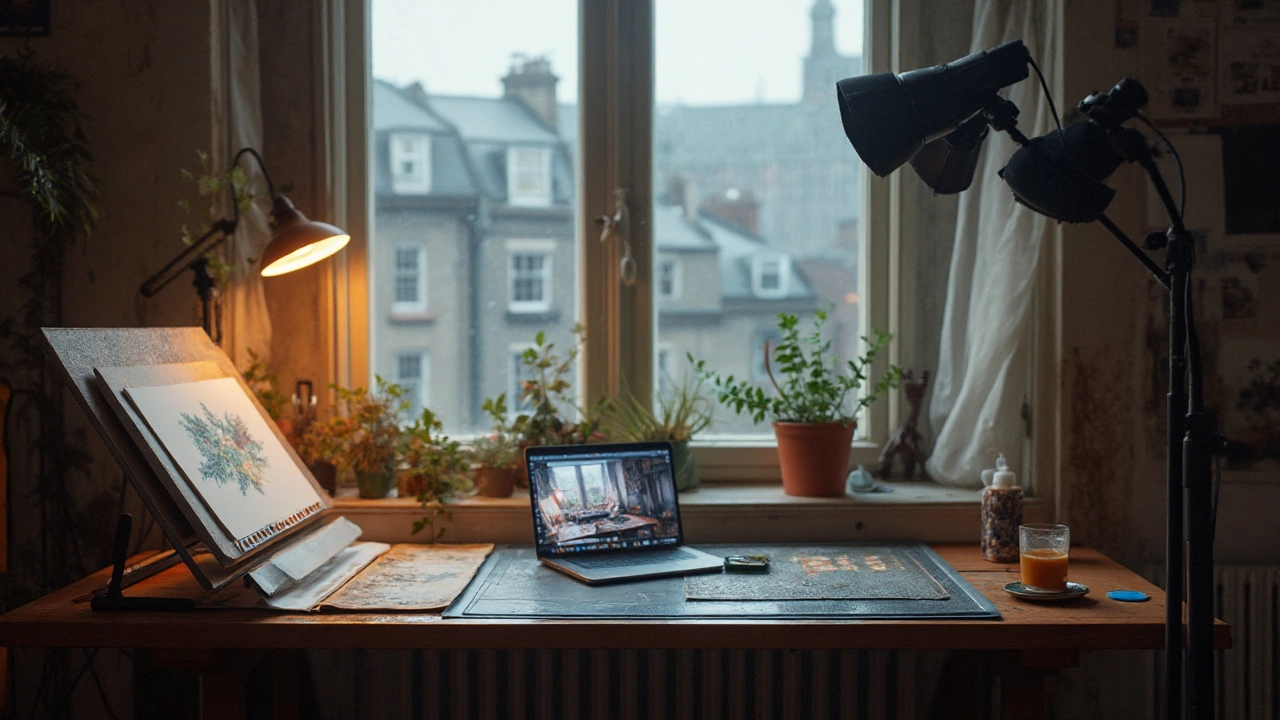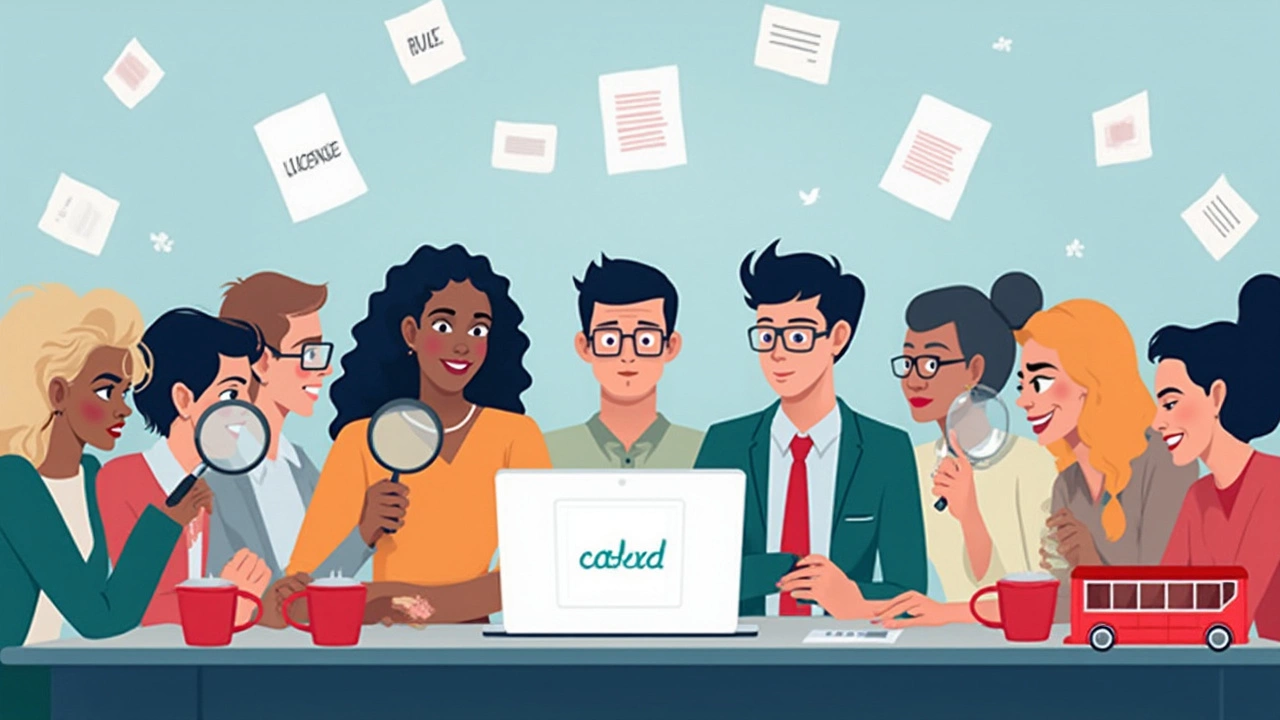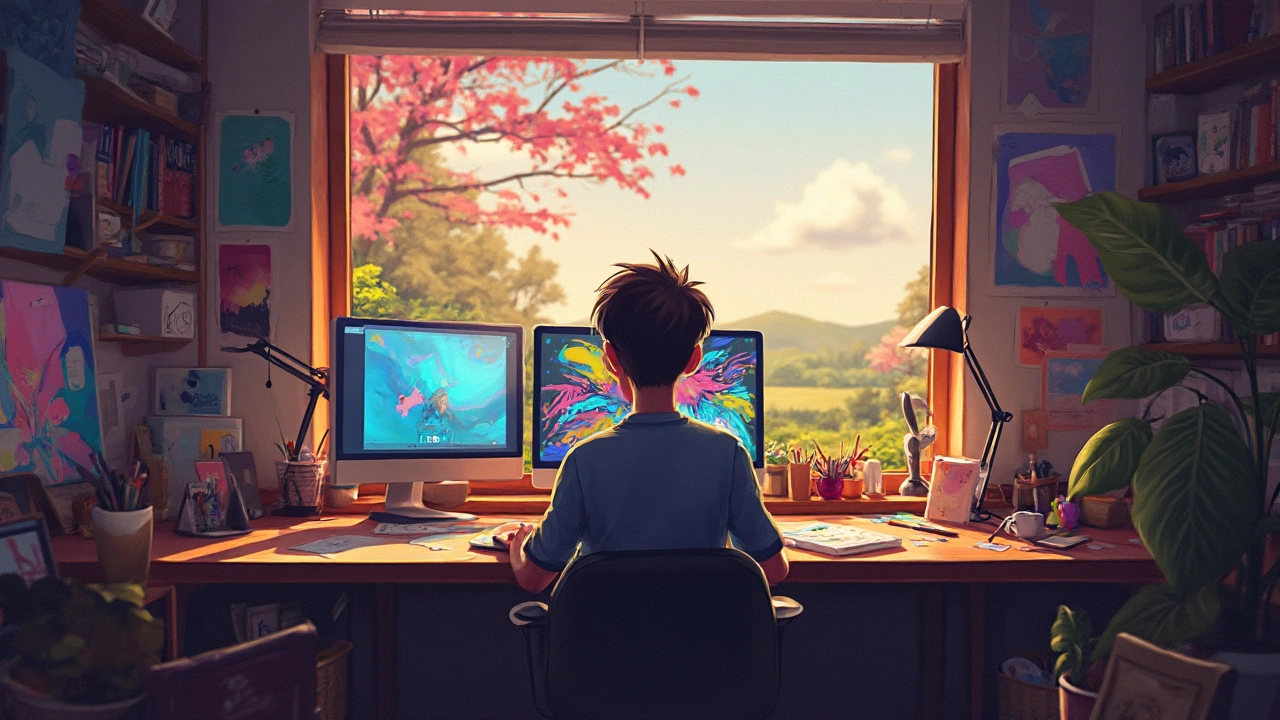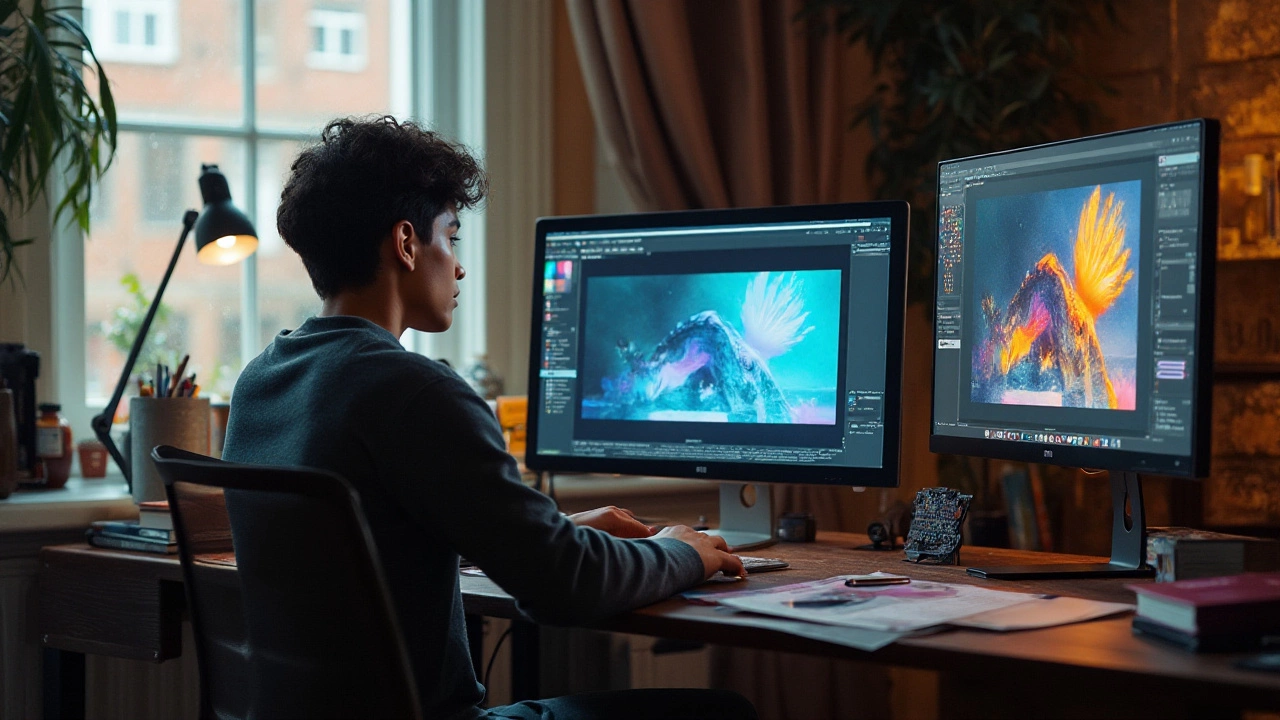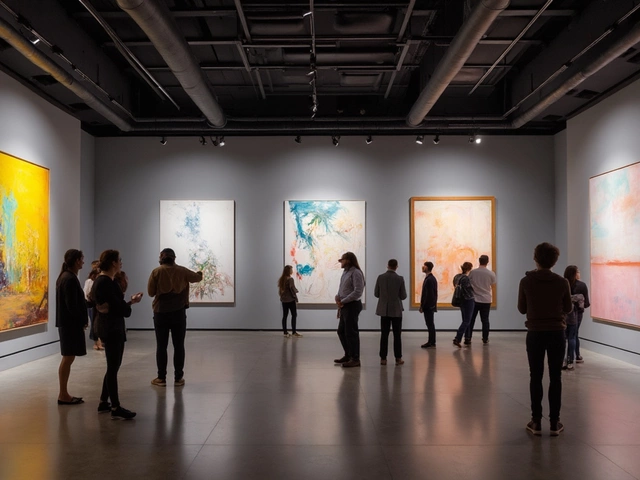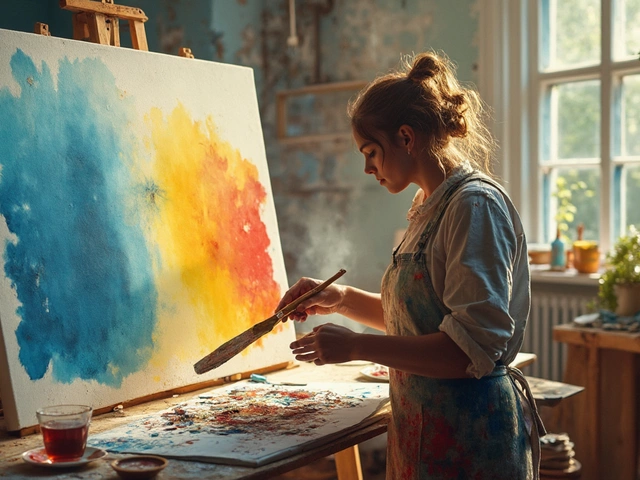Digital Art: Practical Tips, Tools, and Career Advice
Want to create eye‑catching art on a screen? You’re in the right spot. This page gathers the most useful guides to help you start, improve, and even earn from digital art. No fluff—just clear steps you can try right now.
Start Creating Right Away
If you’re wondering whether digital art is easy to begin, the answer is yes—if you pick the right software and follow a simple workflow. A beginner’s set‑up can be as cheap as a free drawing app on a tablet, but for smoother results you might invest in a mid‑range graphics tablet and a program like Clip Studio Paint or Krita. Open the software, choose a brush that mimics a pencil or paint, and sketch a quick shape. Don’t worry about perfection; the goal is to get comfortable with the pressure sensitivity and layers.
Once you have a rough sketch, use separate layers for line work, colors, and shading. This keeps edits painless. If you’re stuck on color choices, try the 60‑30‑10 rule: 60% dominant hue, 30% secondary, 10% accent. It works for both traditional and digital palettes and helps your artwork feel balanced instantly.
Turn Your Physical Art Into Digital Masterpieces
Got a drawing on paper you’d love to share online? A quick scan or a good‑quality photo can be the bridge. Use a flatbed scanner for sharp lines; set the resolution to 300 dpi for prints or 150 dpi for web. If you shoot with a camera, place the artwork on a well‑lit surface, avoid shadows, and shoot straight on. After importing the image, clean up the background in Photoshop or the free GIMP: use the magic wand to select the paper and delete it, then adjust levels to boost contrast.
From there, decide whether you need a vector version. Vector tools like Adobe Illustrator’s Image Trace can turn a line art scan into scalable graphics, perfect for logos or merch. If you prefer raster, stick with the cleaned‑up photo and start adding digital color on new layers. Export as PNG for transparent backgrounds or as JPEG for quick uploads.
When you’re ready to share, save your work in the format the platform prefers: PNG for high‑quality web images, PDF for printable files, and MP4 if you animate a time‑lapse of your process.
Beyond creation, many artists wonder about income. Digital artists can earn through freelance commissions, selling prints on sites like Etsy, or licensing artwork for merchandise. Rates vary widely—some charge $50 per character illustration, while others earn $500+ for a single concept art piece. Your earnings grow as you build a portfolio, collect testimonials, and market yourself on social media.
To boost earnings, diversify. Offer tutorials, create brush packs, or run live streaming sessions where viewers tip. Platforms such as Patreon let fans support you monthly in exchange for exclusive content. The key is consistency: post new work weekly, engage with comments, and keep learning new techniques.
Finally, stay clear of copyright traps. Using assets from sites like Canva can be tempting, but not every element is free for commercial use. Always check the license, especially for fonts and graphics. If you’re unsure, stick to resources marked “Royalty Free” or create everything from scratch. This protects you from surprise takedown notices and keeps your brand trustworthy.
Whether you’re turning a sketch into a digital illustration, figuring out the best tools, or planning how to make money, these guides give you a clear path forward. Dive into the posts listed below, try the steps, and watch your digital art skills grow fast.
Best Programs to Create Digital Art in 2025
Discover the best digital art programs in 2025, from Procreate and Photoshop to free tools like Krita. Find the right software for your device, style, and budget.
Continue ReadingWho Is the Highest Paid Digital Artist in 2025?
Beeple leads as the highest paid digital artist, but Pak and Mad Dog Jones also command multi‑million earnings. Explore their sales, market forces, and what the future holds for digital art income.
Continue ReadingHow to Turn Your Art into Digital Art: Scanner, Camera, and Pro Editing Workflow
A practical 2025 guide for beginners on digitizing drawings and paintings. Learn scanner vs camera workflows, color fixes, file formats, and print-ready exports.
Continue ReadingIs Everything on Canva Copyright Free? Know What You Can (and Can’t) Use
A lot of people think everything on Canva is free to use anywhere, but that’s just not the case. This article goes over what you can and can't do with Canva content, from templates and images to fonts and graphics. It covers licensing tricks, commercial rules, and hidden copyright risks that trip up even experienced creators. You'll also find practical tips for using Canva safely for personal, school, or business projects. Think of this as your shortcut to never stressing over a surprise copyright email.
Continue ReadingHow to Create Cool Digital Art
Creating cool digital art involves mastering the basics of design software and understanding fundamental art principles. This article provides practical tips and insights to enhance your digital art skills, whether you're a beginner or looking to up your game. From choosing the right tools to understanding color theory, the journey to becoming a skilled digital artist is both exciting and rewarding. You'll discover useful advice on honing your style and finding inspiration within the digital medium. Unlock your creative potential with these actionable steps.
Continue ReadingDo Digital Artists Get Paid Well in Today's Market?
Digital artists' earnings can vary widely depending on their niche, experience, and dedication. While some thrive in high-demand categories, others struggle with inconsistent income. This article explores different income sources for digital artists, compares them to traditional artists, and offers practical advice for financial success. Understanding market trends and leveraging various revenue streams can significantly boost an artist's earnings.
Continue ReadingBeginner's Guide to Digital Art: Is It Easy to Start?
Digital art offers beginners an accessible entry into creative expression. With a multitude of tools and tutorials available, it is easier than ever to start creating art digitally. The learning curve can be influenced by one's willingness to explore various software and techniques. Success in digital art often comes with patience and practice. Discover the essentials for starting your journey in digital art today.
Continue Reading